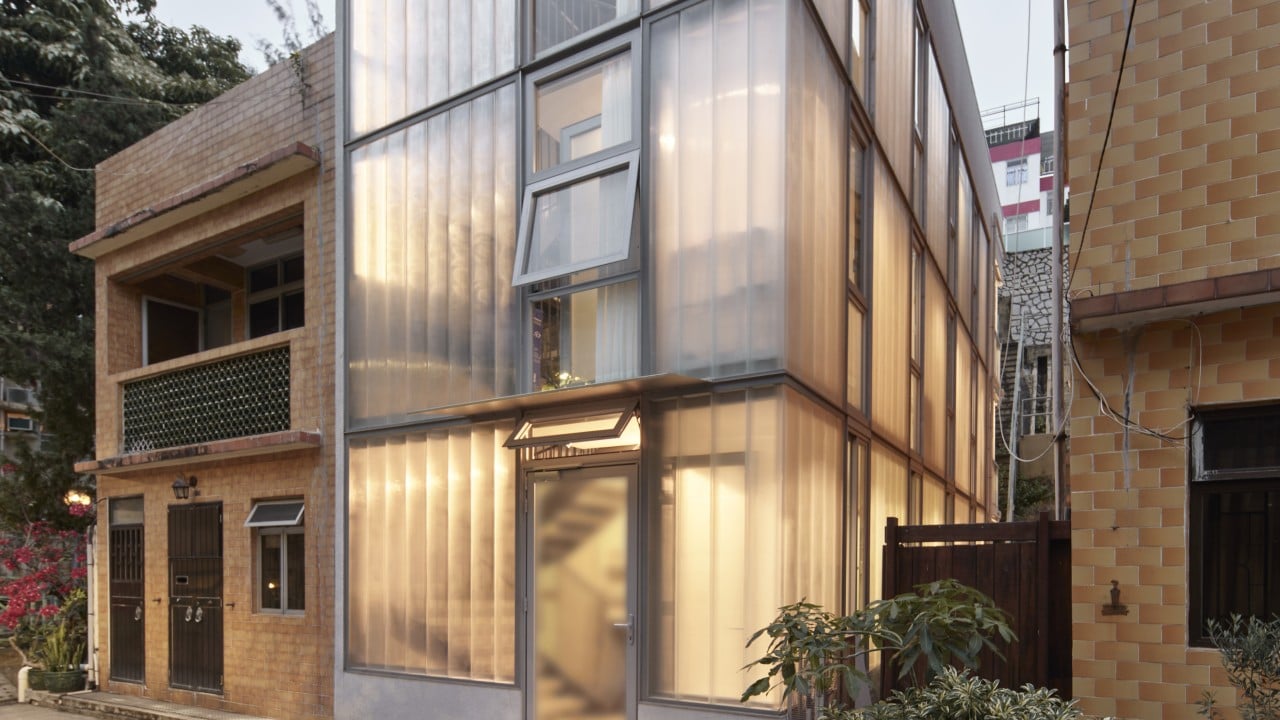Among the myriad carbon-copy village houses found across Hong Kong’s New Territories stand a smattering of original designs. In a 21st century take on the traditional model, architects are finding creative ways to design village houses that stand out from the crowd. Certain parameters remain, among them the size of the dwelling (up to three storeys, a 27-foot, or 8.
23 metre, height limit, each floor no more than 700 sq ft or 65 square metres) and the construction material: concrete. As Paul Mui Kui-chuen, co-founder of BREADstudio, says, “We try to find opportunities for innovation within these regulations.” And for those entitled to build, breaking the mould with a one-off, bespoke village house need not be onerous, or overly expensive.

BREADstudio recently completed its second such village house in Tai Wai. His core requirements: one bedroom, room to host parties and, like the first house, the potential to rent out the ground floor. To that end, the architects gave the ground-floor unit two doors, one opening to the street, the other accessed from a side alley.
A separate entrance, also at ground level, serves the rest of the house. Typically, in a village house the living area is separate from the staircase, which Mui regards as underused space. Here, the architects made it the heart of the home, looping the landings around each floor to integrate with the interior.
The addition of timber boards atop the concrete treads removes any purely utilitarian aesthetic, blend.
















